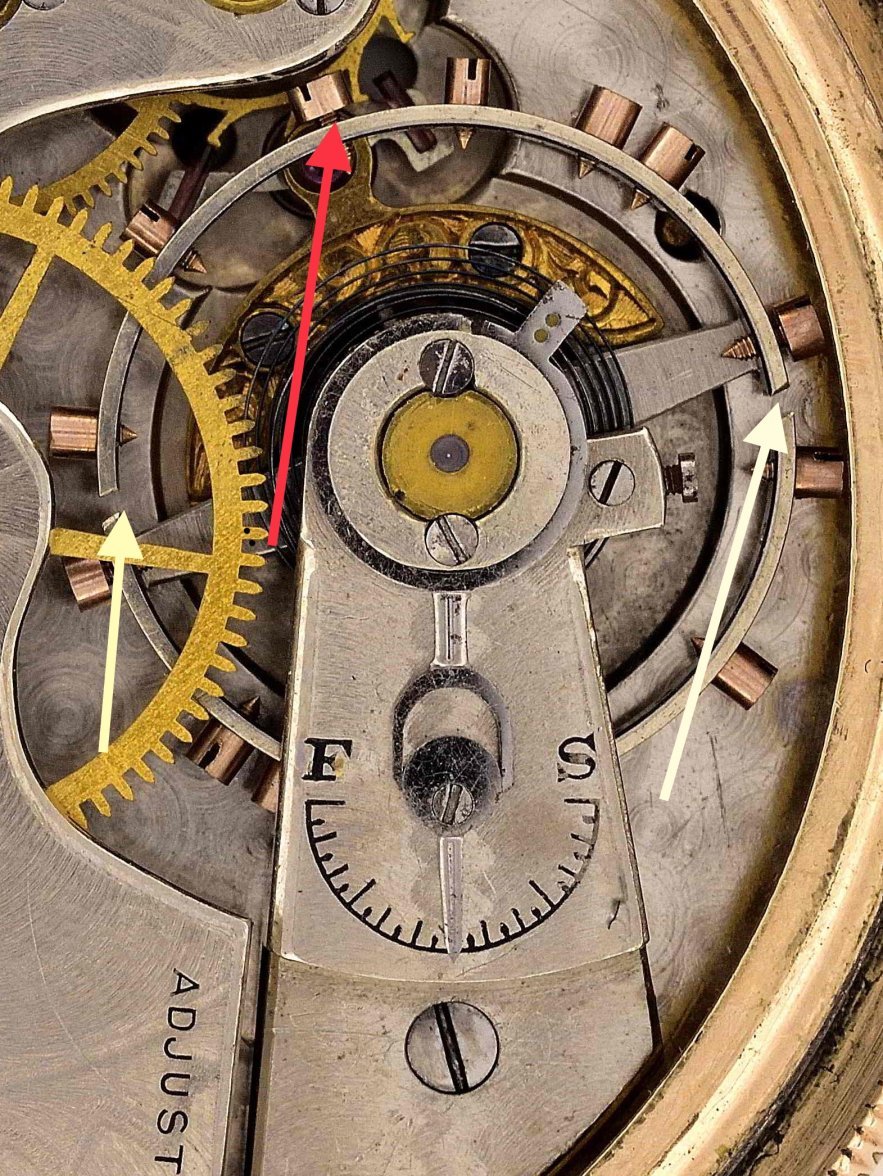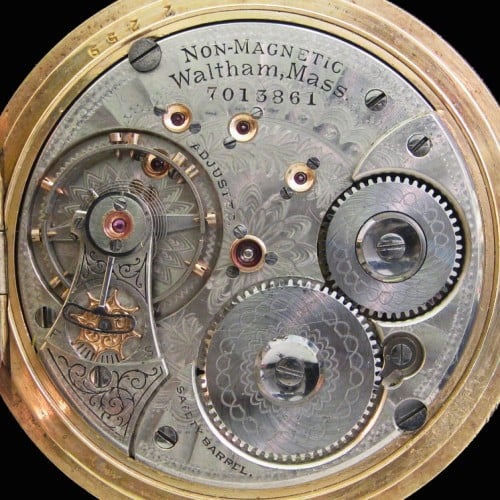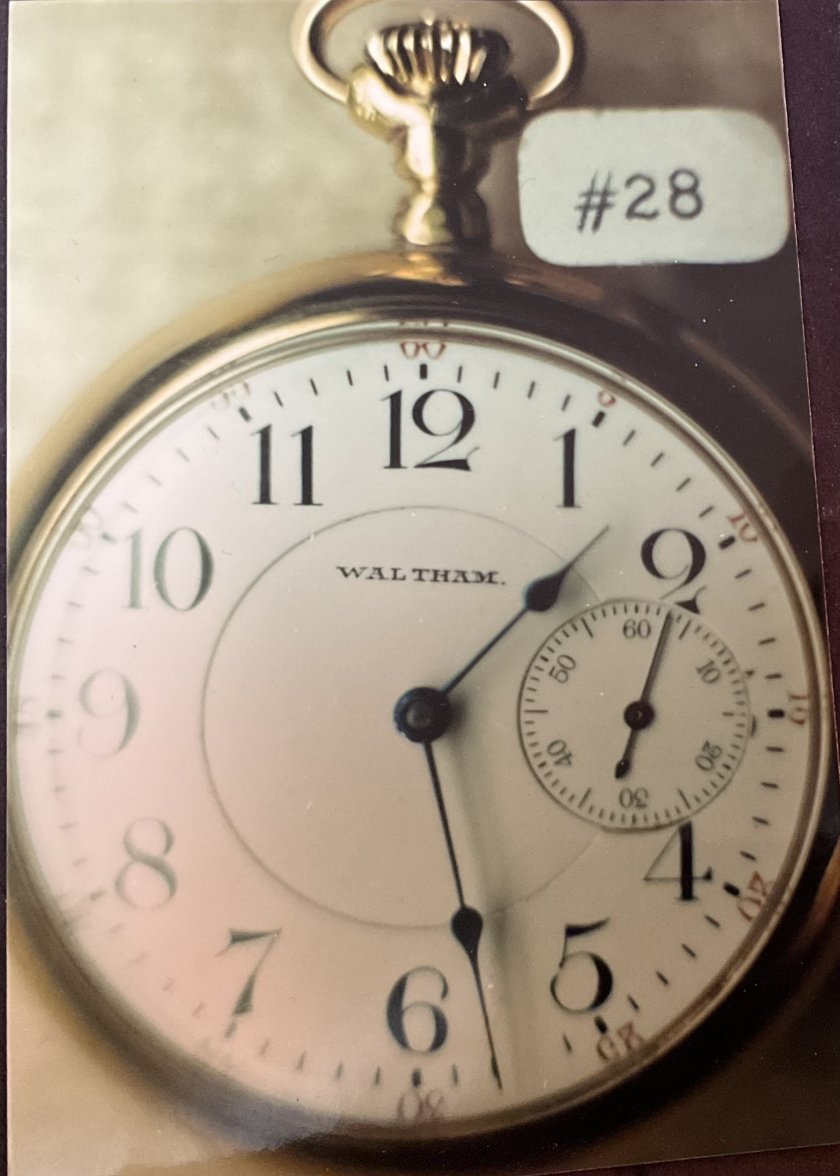Canuck
·Elgin # 478
B.W. Raymond
16s 21j Year:1925
RR Grade/Approved and was Elgin's long time competitor to Hamilton's 992 and 992B..... solid, easily serviced, and affordable
Unique "Elgin RR" at stem
Over 35 years ago, I had a virtually NOS B W Raymond grade 571. I sold it! Stupid! The 571 was a more recent version of the grade 478, but there was little change from the grade 478. The 571 was like the 992E and 992B in that it had a mono-metallic alloy balance wheel and hairspring. The 478 still had the bi-metallic, temperature compensating balance wheel and blued steel hairspring.
About 20 years ago, I was at an NAWCC regional, and I found a grade 571 on a dealer’s table. Not nearly as nice as the one I sold. I bought it, and still have it. When the setting lever cratered, I was unable to buy the parts I needed. I was able to buy the parts I needed from a stem-set version. So it is now a stem set model. I like it, but……..![/QUOTE]












